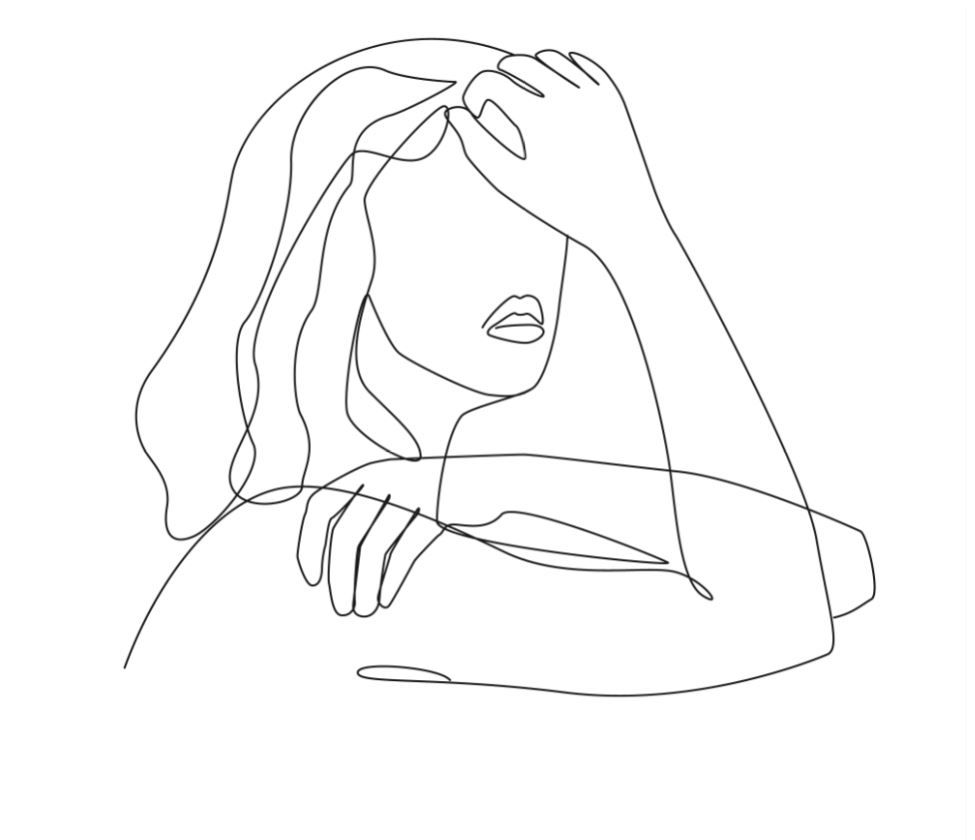Menstrual Migraine: Common and Disabling
Menstrual migraine is often described as more disabling than non-menstrual migraine. Get an overview and test your knowledge, here.
Check your current knowledge of menstrual migraine (MM) with this brief 2-question pretest. You will find the answers as you read on.

Over 60% of women with migraine report worsening of their migraine attacks with menses. To meet the International Headache Classification of Headache Disorders (ICHD) Criteria for MM, women must experience this association of migraine with menses what % of their cycles?
- >90%
- >75%
- >66%
- >50%
Which of the following is US Food and Drug Administration (FDA)-approved for the treatment of MM? Mark all that have this indication:
- Sumatriptan
- Zolmitriptan
- Ubrogepant
- Rimegepant
- None of the above
Background: MM is very common in women with migraine. Often, it is described as more disabling than non-menstrual migraine. Studies have shown MM attacks, in general, more likely to be associated with nausea, severe intensity, longer in duration, and more refractory to treatment compared to non-menstrual migraine attacks. By definition, MM occurs in women of child-bearing years who are busy raising children, working, and not having time to go to bed to “sleep off their migraine.” Proper diagnosis and effective treatment are needed in this population of women in our practice.
Definition: By ICHD-3 criteria, MM is defined as migraine that occurs in the -2 to + 3 window of menses (Day 1=Day 1 of bleeding) with at least 66% of the cycles for an individual with migraine. Keeping a headache diary can help confirm the diagnosis but is not needed to make the diagnosis. Menstrual migraine is subdivided into pure menstrual migraine (PMM) and menstrually-related migraine (MRM).
PMM is defined as migraine attacks only occurring with menses in the -2-to-+3-time frame; migraines do not occur outside of that window. This would be the minority of women with MM.
MRM is far more common as most women with MM have migraine attacks at other times in their cycle related to common triggers including stress, changes in barometric pressure, food, fluorescent lighting, and alcohol among others.
The reason that it is important to differentiate between PMM and MRM is that the treatment approach will vary. In women with PMM, a targeted short-term preventive strategy may be quite effective. In women with MRM, a broader treatment approach is needed to manage all migraine attacks no matter when in the menstrual cycle.
Treatment: Treatment can be broken down into 3 categories: acute, preventive, and short-term preventive treatment. Let’s look at each.
The goal for acute treatment of a migraine attack is to be migraine-free and back to full function in 2 hours. Ideally, the acute treatment is well-tolerated and consistently effective across migraine attacks. Acute treatment options include the following:
- Analgesics (acetaminophen, aspirin, combination analgesics of acetaminophen and/or aspirin and/or caffeine)
- Non-steroidal anti-inflammatory drugs (NSAIDs)
- Triptans
- Ergots/Ergot alkaloids
- Antiemetics
- Gepants
- Ditans
Short-term preventive strategies can be quite effective in reducing the severity and duration of MM attacks. The patient can be advised to start taking the medication 1-2 days before the anticipated MM. All of the following can be considered:
- NSAIDs
- Triptans and particularly naratriptan and frovatriptan which both have longer half-lives than other triptans
- Gepants: Rimegepant 75 mg every other day or ubrogepant 50-100 mg daily
- Magnesium 200-250 mg twice daily
- Caffeine as adjunctive treatment
Preventive treatments can be considered in women having migraines throughout the cycle from multiple triggers. There is no hard guideline but for those with ≥4 migraine headache days per month with moderate-to-severe disability, prevention should be considered. Options include:
- Antiepileptics
- Antihypertensives
- Antidepressants
- Calcitonin gene-related peptide (CGRP) monoclonal antibodies
- CGRP oral receptor antagonists (rimegepant, atogepant)
Hormonal approaches may be helpful in prevention of MM. If a woman needs or wants contraception, using a monophasic low-dose oral contraceptive in a continuous fashion (no placebo) can help by keeping estradiol levels even. Nonoral estrogen contraceptives like the vaginal ring worn continuously may also be helpful. Progesterone-only forms of contraception are preferred if women have migraine with aura.
Rescue options to treat a severe migraine may be needed for some women. Nonoral formulations would be preferred to bypass the gastrointestinal system and for quicker onset of action. Options include:
- Sumatriptan nasal spray or injection
- Zolmitriptan nasal spray
- Dihydroergotamine nasal spray
- Promethazine rectal suppositories
- Ketorolac injection or nasal spray
- Ondansetron or metoclopramide IV if vomiting/dehydration
- Magnesium 1-2 grams IVPB
- IV fluids if vomiting/dehydrated.
In summary, MM is defined as women having migraine attacks at least 66% of the time in the -2 to + 3-time frame of their cycle. Even though no medications have been officially FDA-approved for the treatment of MM, many treatment options can be helpful in alleviating the burden.